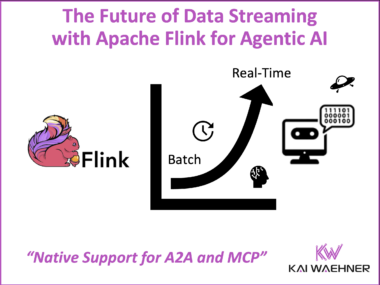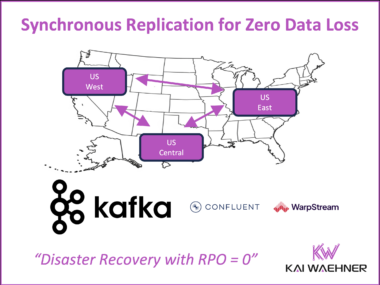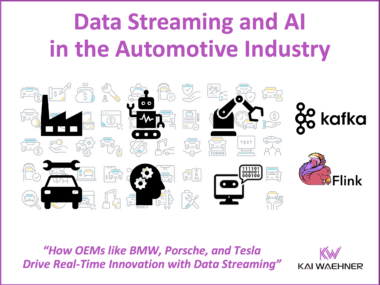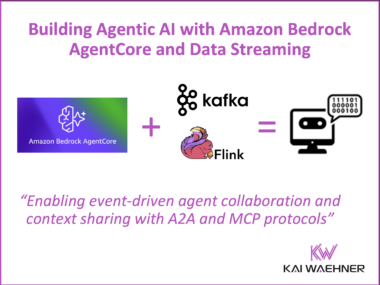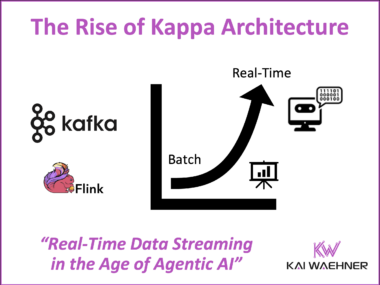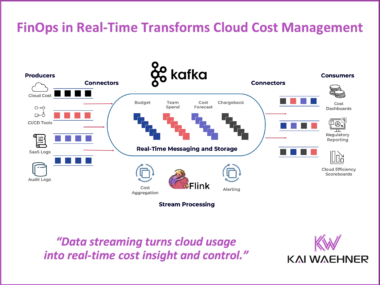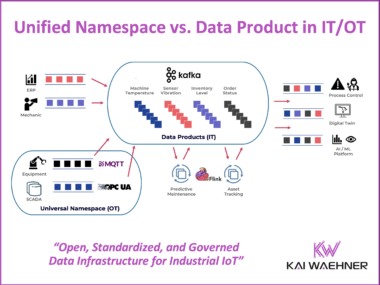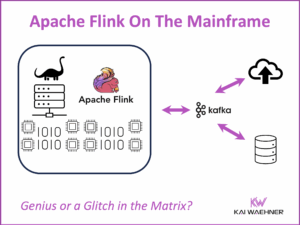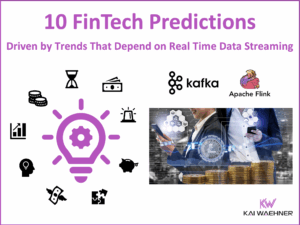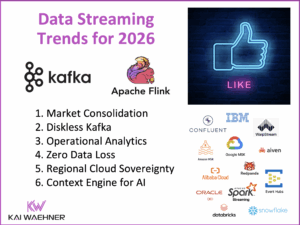The Future of Data Streaming with Apache Flink for Agentic AI
Agentic AI is moving into production. Autonomous, tool-using, goal-driven systems that need real-time data and context. Apache Kafka and Flink provide the event-driven foundation to run these agents at scale. With the new Flink Agents project (FLIP-531), Flink will natively support long-running, system-triggered AI agents integrated with LLMs, tools, and emerging protocols like MCP and A2A. This marks a major step toward reliable, enterprise-grade Agentic AI.

